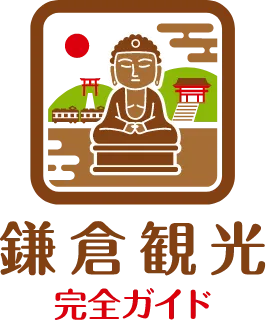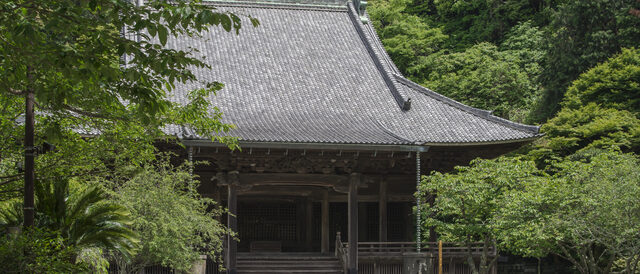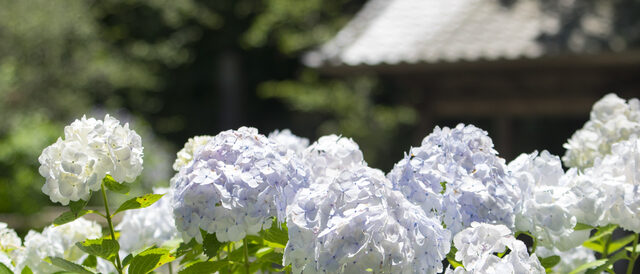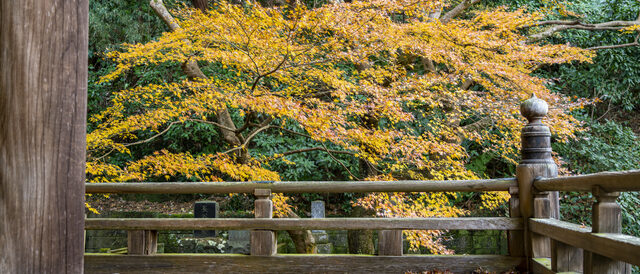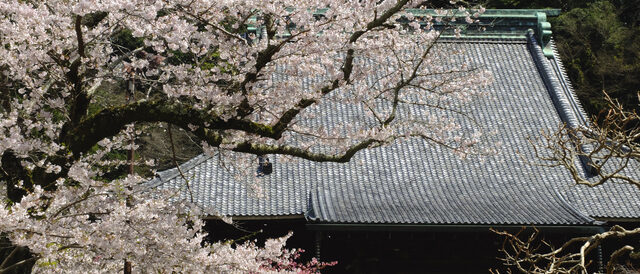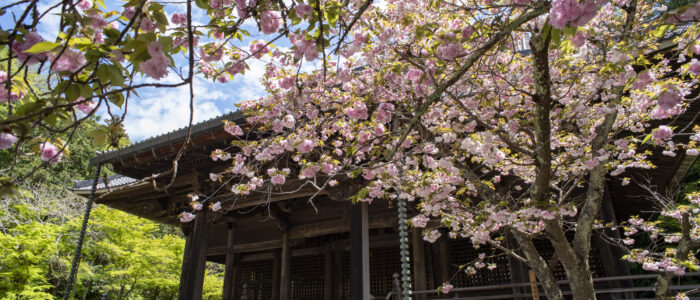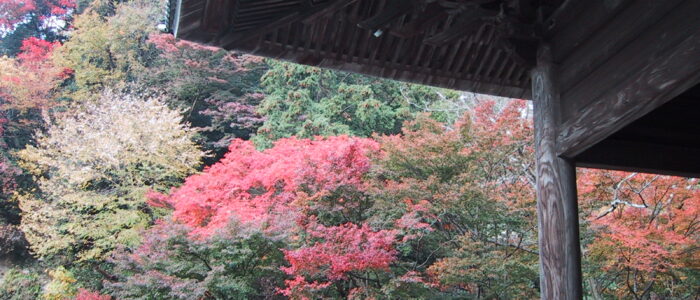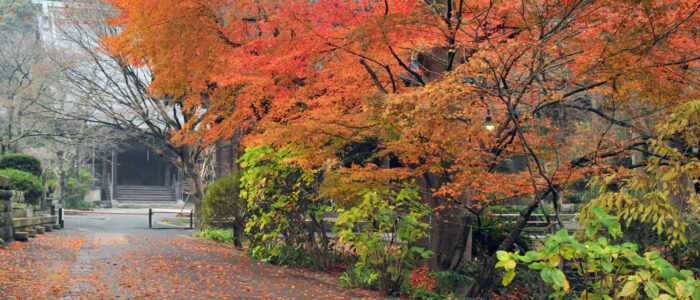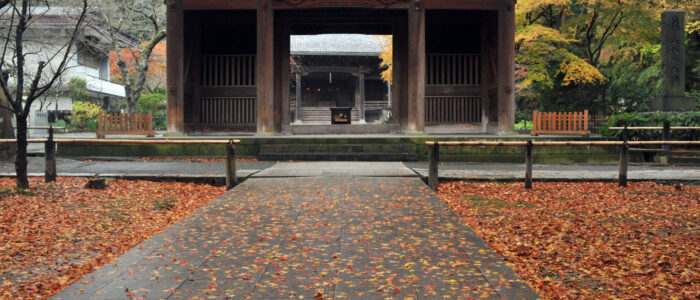Myohon-ji Temple (妙本寺)
Discover the History of Myohon-ji Temple (妙本寺)
Myohon-ji Temple, a significant Nichiren Buddhist temple, is nestled in a serene valley called Hikigayatsu, just a 10-minute walk from Kamakura Station. Despite its central location, the temple is surrounded by dense greenery and offers a peaceful escape from the city’s hustle. The site was once the grand estate of Yoshikazu Hiki, a powerful vassal of the Kamakura shogunate.
In the early 13th century, the Hiki clan was destroyed by the Hojo clan in the “Hiki Rebellion.” However, a young Hiki descendant, Yoshimoto Hiki, survived in Kyoto. As he matured, Yoshimoto became a follower of Nichiren and donated his family estate to him, which marked the founding of Myohon-ji Temple. Nichiren honored Yoshimoto’s parents with the posthumous titles “Choko” and “Myohon,” inspiring the temple’s name.
Architectural Highlights and Spiritual Ambience
At the heart of the temple grounds lies the Soshi-do Hall, rebuilt in the early 19th century, and known as the largest wooden temple building in Kamakura. Its imposing presence harmonized with nature leaves a lasting impression. Inside, a wooden statue of Nichiren—reputedly approved by him during his lifetime—is enshrined, although it is rarely on public display.
Near the main hall stands Jakushi-do Hall, dedicated to Lady Wakasa, a tragic figure from the Hiki clan who is said to have thrown herself into a well during the rebellion. Nichiren enshrined her as “Jakushi Daimyojin” to soothe her spirit. Beside the hall, you’ll find the “Snake-Shaped Well” (Jakugata-no-I), a quiet testament to the site’s sorrowful past.
Blessings and Cultural Significance
The temple is deeply associated with prayers for fortune and academic success, offering a special charm known as the “Daigaku-mamori,” inspired by its founder Yoshimoto Hiki. It is a popular item for visitors wishing to improve their luck.
Experiences and Temple Activities
Visitors can book a calligraphy session where they transcribe passages from the Lotus Sutra in a calm and meditative environment. Held in a traditional study hall, the experience is both grounding and introspective. All materials are provided, and temple staff offer gentle guidance, making it beginner-friendly.
Goshuin, Omikuji, and Unique Traditions
The temple provides traditional goshuin stamps for visitors. On the first day of each month (January being the 2nd), a memorial ceremony is held for the Hiki clan and Lady Wakasa, reflecting the temple’s ongoing connection to the local community.
Getting There and Temple Hours
Myohon-ji Temple is a short 10-minute walk from Kamakura Station, making it easily accessible. While the temple generally opens from morning to late afternoon, hours can vary by season—so it’s best to check ahead.
Best Times to Visit
Spring brings waves of cherry blossoms, including Somei Yoshino, weeping cherry, and double blossoms. The temple is also known for one of Kamakura’s top three crabapple trees. Early summer features flowering iris and trumpet vine, while hydrangeas bloom during the rainy season. Late November to December sees vivid autumn foliage, and in winter, a rare snow transforms the grounds into a monochrome landscape.
Take advantage of quiet early mornings or evenings, when day-trippers have departed. Though there’s no illumination, the natural stillness is its own form of magic.
Nearby Spots You Can Explore on Foot
Myohon-ji is within walking distance of iconic sites like Tsurugaoka Hachimangu Shrine (鶴岡八幡宮), Hongaku-ji Temple (本覚寺), and the beaches of Yuigahama (由比ヶ浜). It’s a perfect stop for reflection before or after visiting Kamakura’s busier spots.
Who Will Enjoy This Spot?
- History buffs and legend seekers
- Travelers looking to refresh in a quiet environment
- Nature lovers who enjoy seasonal beauty
- Those interested in spiritual or meditative experiences like sutra copying
- Guests with flexible mornings or evenings seeking peaceful exploration
Wrap-Up: A Hidden Gem for Thoughtful Travelers
Myohon-ji Temple stands as a memorial to the fallen Hiki clan and a place where visitors can immerse in nature, history, and calm reflection. Tucked just minutes from Kamakura’s bustling attractions, it’s an ideal sanctuary for anyone seeking a quieter, more introspective travel experience—especially in the early morning or evening hours when the temple is at its most serene.early hours—where blossoms bloom in silence and the past gently lingers.ere for those seeking to experience the deep cultural and historical significance of Kamakura.
